

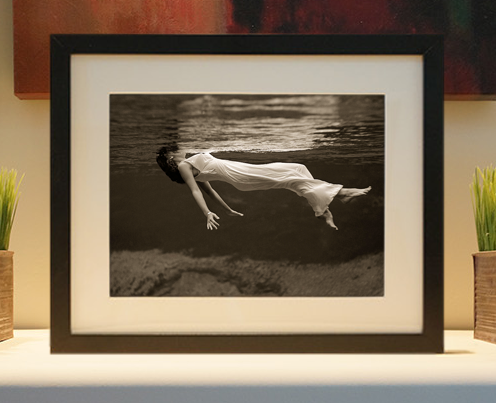
Framed or unframed, desk size to sofa size, printed by us in Arizona and Alabama since 2007. Explore now.
Shorpy is funded by you. Patreon contributors get an ad-free experience.
Learn more.

- The most dangerous fire escape I've ever seen
- Out of Place
- Sir Bedevere
- Witch way to the fire?
- Proud to be an old Coot
- That old scale
- Bowled Over
- Cat years?
- 'Why' Wyoming?
- His Master's Voice
- What! No dish under the skewer?
- Only in Hollywood?
- What's Up Doc?
- Destination?
- I'm pretty sure this was a voluntary program
- When I see chicken wire rabbit cages I think of three things
- The War Ears
- Eating the bunnies? Really?
- A love affair with a machine
- Hasenpfeffer
- Back support
- Hot type!
- Can you smell ... the news?
- Looking across the street and Flong
- Memories of my elderly hoarder neighbor
- Linotype in the Twilight Zone
- By Memory?
- Quiet place
- Line Of Type
- And no hearing protection
Printporium
Union Square: 1901

Manhattan circa 1901. "Union Square, N.Y. -- View from 14th Street and Union Square East up Fourth Avenue" (today's Park Avenue South). Highlights of this sparsely populated scene include George Washington pointing toward that Lunch Wagon (both since relocated), and numerous streetcars. 8x10 inch glass negative, Detroit Photographic Company. View full size.
Food truck
Maybe I'm hungry, but the thing that jumped out at me was the "Lunch Wagon." It appears to be named "The Owl" Every downtown I go to are infested with food trucks, converted horse trailers, or converted canned ham RVs. Nice to see other generations had to put up with them. Surely, the Romans had food chariots.
I wonder what this mobile establishment offered? Doing a quick search turns up the Church Temperance Society in New York City, Cornelius Vanderbilt and many others setting these up, often with leftover food from restaurants so working men on night shifts had something decent to eat and would not visit less savory options. "The Owl" was a common name for these establishments as they were focused mainly on the overnight trade.
And, of course, Union Square was also home to the first Labor Day parade in the U.S.
Lunch wagon
First time I've seen one of these in Shorpy Images, at least with the name on the wagon itself. Apparently only cold food?
Survivors
The Century Building (to the left of the white building with all the windows) is still there and is now a Barnes & Noble. The Dominick & Haff Building to the left of the Century Building is also still there. The street on the upper left of the photo is Broadway. The short building a little past the building with the flag is also still there. I believe it is 907 Broadway. The building at the very end of the street in the middle of the photograph (Park Ave) is either Grand Central Terminal or Grand Central Station. Grand Central Terminal was renovated and became Grand Central Station in 1901, the date of the photograph.
The statue of George Washington was moved to the middle of the south end of the park and is now facing south.
Gripping!
The streetcars here are cable cars -- and the corner at 18th 14th Street was called "dead man's curve" due to the sharpness of the turn. If the driver did not let up on his grip the car would whip around the corner and might tip over.
The were controlled by the Cable Building at Houston and Broadway -- it still stands.
[Two outer railways are old horsecar tracks. The two inner railways are electrified -- current is drawn with a "shoe" from under the center slot. Note the electric headlight on the car headed toward the camera. - Dave]
Cable Car Progress
Amidst the millions of paving bricks we see four railway tracks. The two inside lines are equipped to pull streetcars along via a cable. The two outside lines must be the dying remnants of horse-powered trams. Is that one tram in the far distance?
[Those are electric streetcars (and yes, a horsecar in the distance). See above. - Dave]
Station Stop
That tower at the end of the street might look familiar: Grand Central Station (yes, station, as it's still the remodeled original.) And for those curious why the easternmost tower of the old station seems to be centered on 4th/Park Avenue, whereas the terminal itself is now so centered: the facility was expanded to the east during the reconstruction.





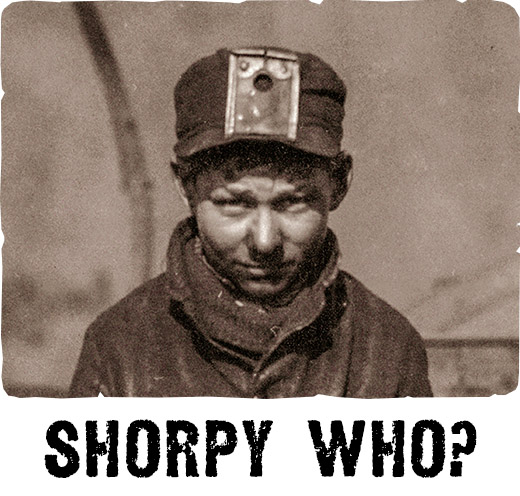
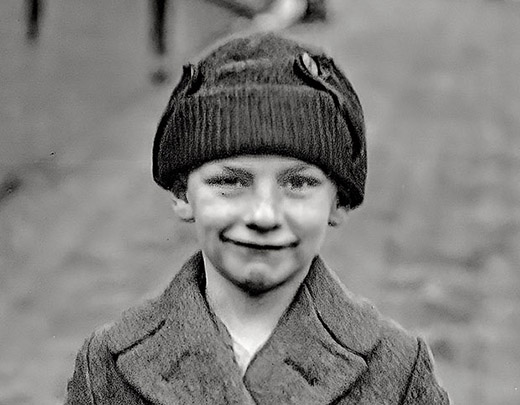
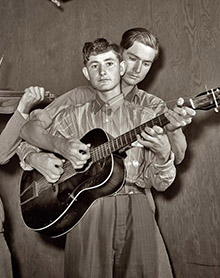
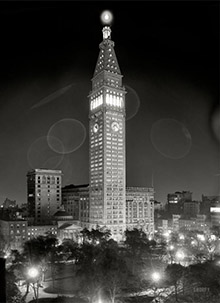
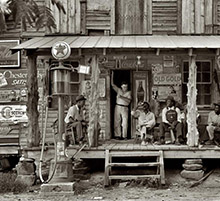
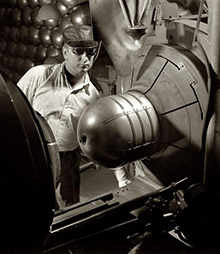
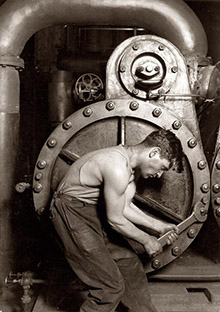
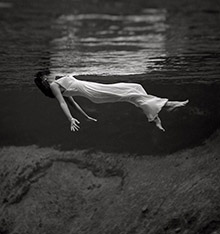
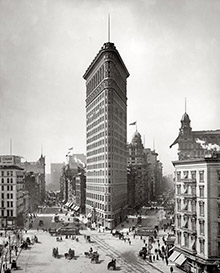

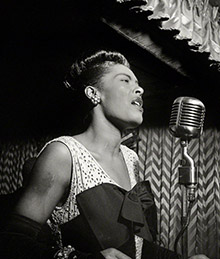
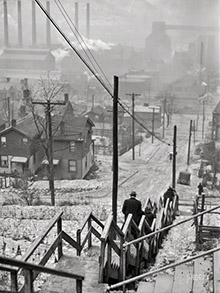
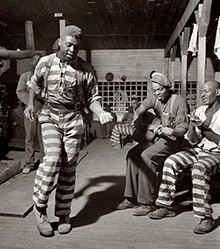

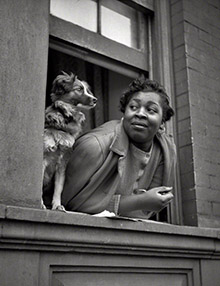
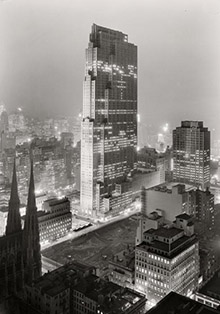

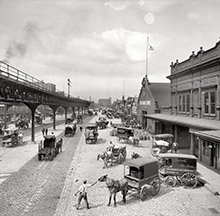
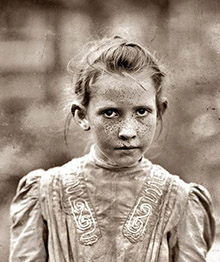

On Shorpy:
Today’s Top 5